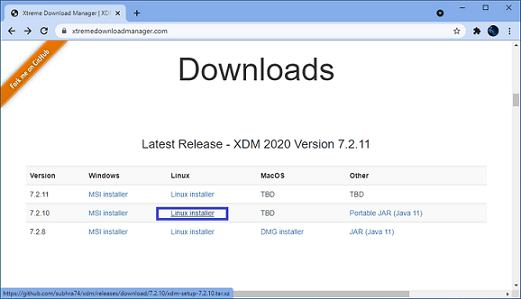
–>cd build-rpi-imager-Desktop_Qt_5_14_1_clang_64bit-Release/ Sign the DMG, submit it for notarization to Apple and staple the
#Kali linux dmg code#
For distribution to others: code sign the.Not have created icon in Applications), and open CMakeLists.txt Using the “Go” menu, and find Qt folder to start it manually as it may Start Qt Creator (may need to start “finder” navigate to home folder.(Privileged apps are not allowed in the Mac store) Have a “Developer ID” code signing certificate for distribution outside It is assumed you have an Apple developer subscription, and already.DMG for distribution you can use an utility like:

“build_rpi-imager_someversion” directory and try again.ĭuring installation, choose a Qt 5.x edition and CMake. “configures” stage while re-processing the file, delete Subsequently gets in an endless loop where it never finishes the You made any custom changes to the CMakeLists.txt file and it Note: the CMake integration in Qt Creator is a bit flaky at times. nsi script “Compile NSIS script”, to create installer.
#Kali linux dmg zip#
zip from github and extract it to a folder on disk Windows build environment (setting paths, etc.), it is easiest to use “make”, etc., but if you are not that familar with setting up a proper nsiīuilding can be done manually using the command-line, using “cmake”, If NOT and are you only compiling for your own personal use, comment outĪll lines mentioning signtool from CMakelists.txt and the. Signtool.exe from the Windows SDK installed.

It is assumed you already have a proper code signing certificate, and
#Kali linux dmg install#
(Windows native SSL library) support, compile OpenSSL libraries ( ) and copy the libssl/crypto DLLs to C:\qt\5.x\mingw73_32\binįor building installer get Nullsoft scriptable install system: If using the official Qt distribution that does NOT have schannel If udisks2 is not functional on your Linux distribution, you can alternatively start it as “root” with sudo and similar tools.Īlso Read – Extended XSS Search : A Better Version Of My XSSFinder Toolĭuring installation, choose a Qt 5.x with Mingw32 32-bit toolchain and CMake.

The imaging utility will normally be run as regular user, and will call udisks2 over DBus to perform privileged operations like opening the disk device for writing. It should create an icon in the start menu under “Utilities” or “Accessories”. deb package and put it in the parent directory. Qml-module-qtquick2 qml-module-qtquick-controls2 qml-module-qt-labs-settings qml-module-qtquick-layouts qml-module-qtquick-templates2 qml-module-qtquick-window2 qml-module-qtgraphicaleffectsĭebuild will compile everything, create a. Qtbase5-dev qtbase5-dev-tools qtdeclarative5-dev \ Sudo apt install –no-install-recommends build-essential devscripts debhelper cmake git libarchive-dev libcurl4-openssl-dev \ See license.txt and files in “dependencies” folder for more information about the various open source licenses that apply to the third-party dependencies used such as Qt, libarchive, drivelist, mountutils and libcurl. The main code of Raspberry Pi Imager Imaging Utility is made available under the terms of the Apache license.


 0 kommentar(er)
0 kommentar(er)
